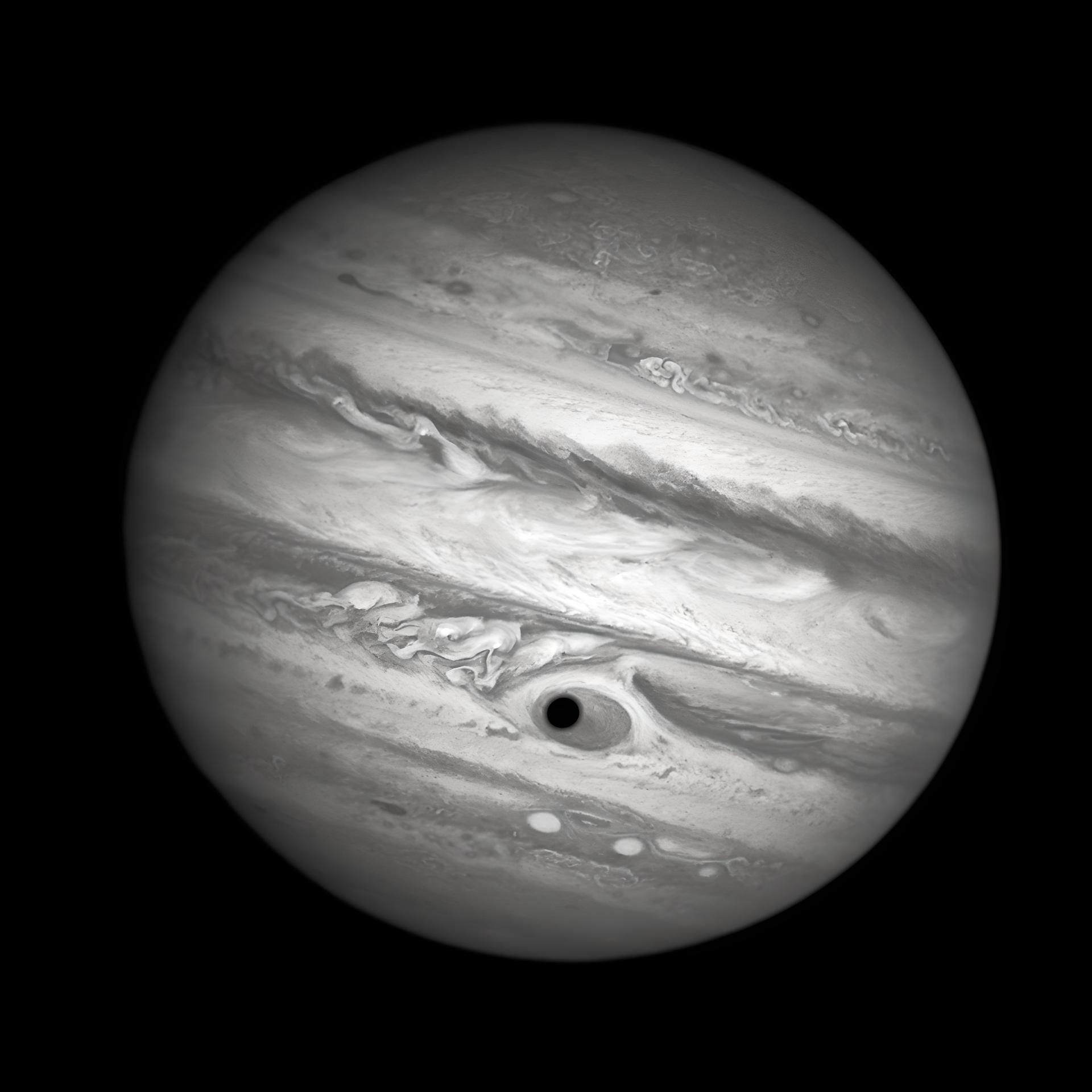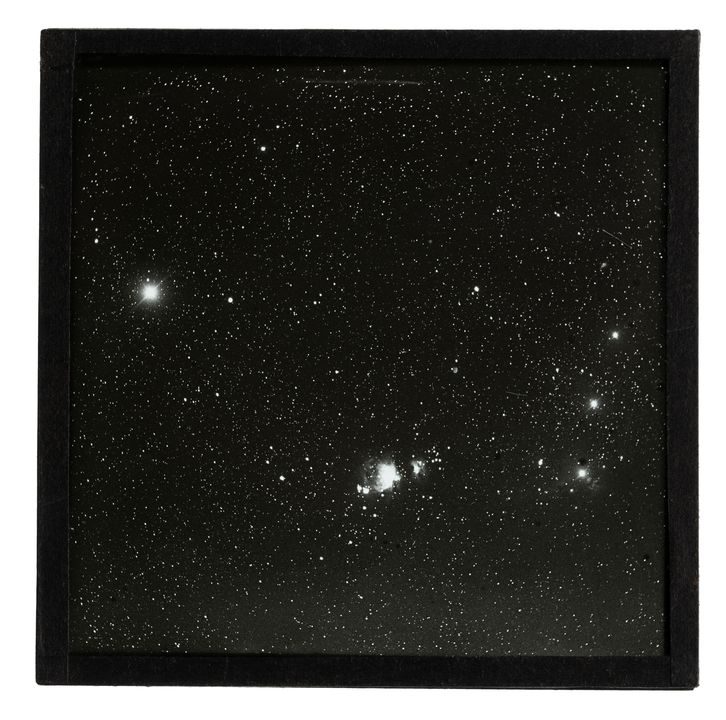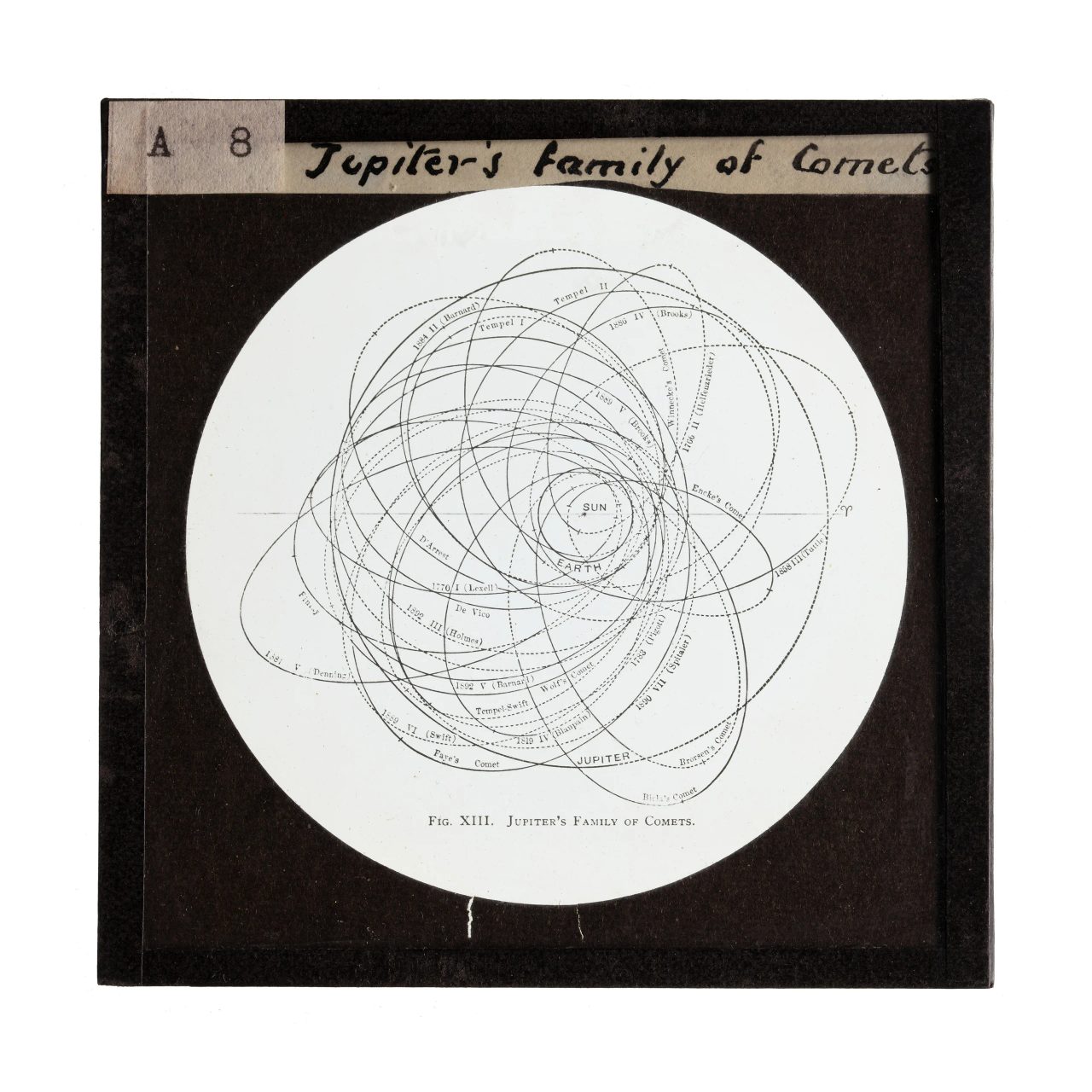Sky Guide January 2024

‘Warm summer nights are perfect for gazing, weather permitting, on a moonless night away from the light of cities and towns. From our nearby galactic neighbours of the Large and Small Magellanic Clouds to the stunning sight of star formation in the Orion Nebula and the giant gas planets of Jupiter and Saturn, there is so much to explore using the 2024 Australasian Sky Guide by Dr. Nick Lomb. ’
Constellations
Constellations are groups of stars that represent mythological figures, fanciful beasts or old scientific instruments. Some have been used for millennia as tools to share significant cultural stories and to track the passage of the weeks and months. Today, they also help astronomers delineate portions of the sky and locate astronomical objects. Those listed below have been selected for their visibility in the evening, 1-2 hours after sunset, as seen from the Southern Hemisphere.
Canis Major the Greater Dog and companion to Orion the hunter. The brightest star in the constellation, Sirius (also known as the Dog Star), is also the brightest in the night sky as it is close to us – only 8.7 light years away or about 82 million kilometres and 25 times brighter than the Sun. In about 64,000 years it will be seen as the southern polar star due to the Earth’s wobbling axis of rotation and the star’s motion.
Canis Minor the Lesser Dog, is an obscure and small constellation usually ignored in the search for its dominant companion, Canis Major. To find its one bright star, face north in March – April and look for Sirius in Canis Major. Roughly one hand span (with your hand at arm’s length) below Sirius is the bright star Procyon. And Procyon is just about all there is to the Lesser Dog! Like many constellations it looks nothing like its name. The star’s name comes from the Greek Prokyon meaning ‘before the Dog’ and indeed it does rise before bright Sirius and Canis Major from the latitudes of ancient Greece. Canis Minor and Canis Major together are Orion’s hunting dogs.
Carina the keel and the nearby constellations of Vela (the sails) and Puppis (the stern) were part of the huge constellation Argo Navis, which in Greek mythology carried Jason and the Argonauts in search of the Aries the Ram’s Golden Fleece . In 1756, Nicolas Louis de Lacaille published his catalogue of the southern stars showing Argo Navis divided into the four constellations we see today. Canopus, the second brightest star in the night sky, can be found in Carina and is a white supergiant star about 313 light years away. It is best seen from February to April high in the south.
Eridanus is one of Ptolemy’s original 48 constellations and represents a river, which begins near the constellation of Orion and ends at the brilliant blue-white star Achernar, the ninth brightest in the night sky, about 144 light years away. Achernar spins so quickly it is the least spherical star known in the Milky Way Galaxy.
Orion the hunter is one of the original 48 constellations mapped by Ptolemy and strides across the celestial equator, making it easy to see from both hemispheres. Its likeness to a male figure was probably obvious to the earliest humans. Orion’s brightest star Betelgeuse is one of the few stars to show an intense red colour due to its age and size. The three stars of Orion’s belt at his waist separate his head and shoulders on the right from his sword and knees on the left. The well-known saucepan asterism (a pattern of stars that is not a constellation) consists of a base (Orion’s belt) and a handle (Orion’s sword) plus one additional star at the rim. With binoculars you will see a small hazy glow in the middle of the saucepan’s handle: this is the Orion Nebula, a star birth cloud at a distance of about 1350 light years. The mythology of Orion is complex and often contradictory, though he is usually represented as a tall, strong and handsome hunter.
Taurus the bull is possibly the oldest Western constellation and one of Ptolemy’s original 48. It has the bright red dying star of Aldebaran and the stunning open cluster known as M45 or the Pleiades, a group of very young stars about 445 light years away. Below the horns is the remnant of a star that exploded as a supernova in 1054. It is now called M1 or the Crab Nebula. For the best view you'll need a large telescope and clear northerly view. Its brightest star Aldebaran is 65 light years from the Sun and is 44 times wider but only a little more massive (+16%). It has exhausted its core supply of hydrogen fuel and is now ‘burning’ hydrogen in a shell around a helium core.
Deep Sky
Crab Nebula (M1) is a remnant of a star that ended its life as a supernova visible from Earth on July 4, 1054AD. It was observed by Chinese astronomers and recorded in Native American rock carvings. At the centre of this remnant is a pulsar which currently emits at a rate of 30 pulses per second though this rate will slow by half in the next 1000 years. The Crab Nebula lies about 6500 light years away.
The Large and Small Magellanic Clouds (LMC/SMC) are the two satellite galaxies of our own Milky Way. The Large Magellanic Cloud (LMC) is in the constellation of Dorado and is approximately 163,000 light years away. It consists of around 30 billion stars and hosts one of the largest nebulae detected, the Tarantula Nebula. The Small Magellanic Cloud (SMC) is in Tucana and is approximately 200,000 light years away. It has around 3 billion stars and will merge with our galaxy in around 2.4 billion years.
Orion Nebula (M42) is often called the Great Nebula in Orion and is approximately 1344 light years away. M42 is 24 light years across and has enough mass to form around 2000 stars like the Sun. Its size, distance and brightness (it is the brightest nebula seen from Earth), make it one of the most studied objects in the night sky. It is easily found as the middle star-like object in the sword of Orion, or the handle of the saucepan as seen from the south. Along with the Moon, M42 is typically one of the first objects to be looked at through a telescope as it shows excellent fine structure including the birth of stars in the innermost part known as the Trapezium Cluster.
Pleaides (M45), also known as Seven Sisters or Subaru, is one of the more famous open clusters visible to the naked eye, sitting within Taurus the bull. Like all open clusters it is a group of young to middle aged stars, in this case around 100 million years old, at about 444 light years away. Many images show the stars associated with a dusty blue nebula, which lies between us and the stars.
47 Tucana (NGC 104) is a globular cluster second only to Omega Centauri. It sits beside but is unrelated to the SMC in the constellation Tucana. It can be easily seen away from city lights with the unaided eye due to its very dense star core. 47 Tucana is approximately 15,000 light years from us.
Tarantula Nebula (NGC 2070) is a large hydrogen gas cloud approximately 1000 light years in diameter and part of the LMC at about 160,000 light years. The name ‘Tarantula’ comes from the spider-like appearance of the nebula in telescopes and photographs. At the centre of the nebula is the open cluster R136, which contains approximately 500,000 stars, including some of the hottest and most massive supergiant stars known. In 1987 the first naked eye supernova (SN1987A) seen since the invention of the telescope occurred in this part of the sky.

Planets
The two giant planets Jupiter and Saturn grace the evening sky in January.
Jupiter is high in the north-west in Aries. On 18 January, the first quarter Moon is below and to the left or west of Jupiter, while on the next evening, now gibbous, it is still below but to the right or north of the planet.
Saturn is low in the west in Aquarius. On 14 January a thin crescent Moon is to the left or south of the planet; the two are separated by only three Moon-widths.
Moon
Last quarter – Thursday 4 January at 2:30 pm AEDT
New Moon – Thursday 11 January at 10:57 pm AEDT
First quarter – Thursday 18 January at 2:52 pm AEDT
Full Moon – Friday 26 January at 4:54 am AEDT




















